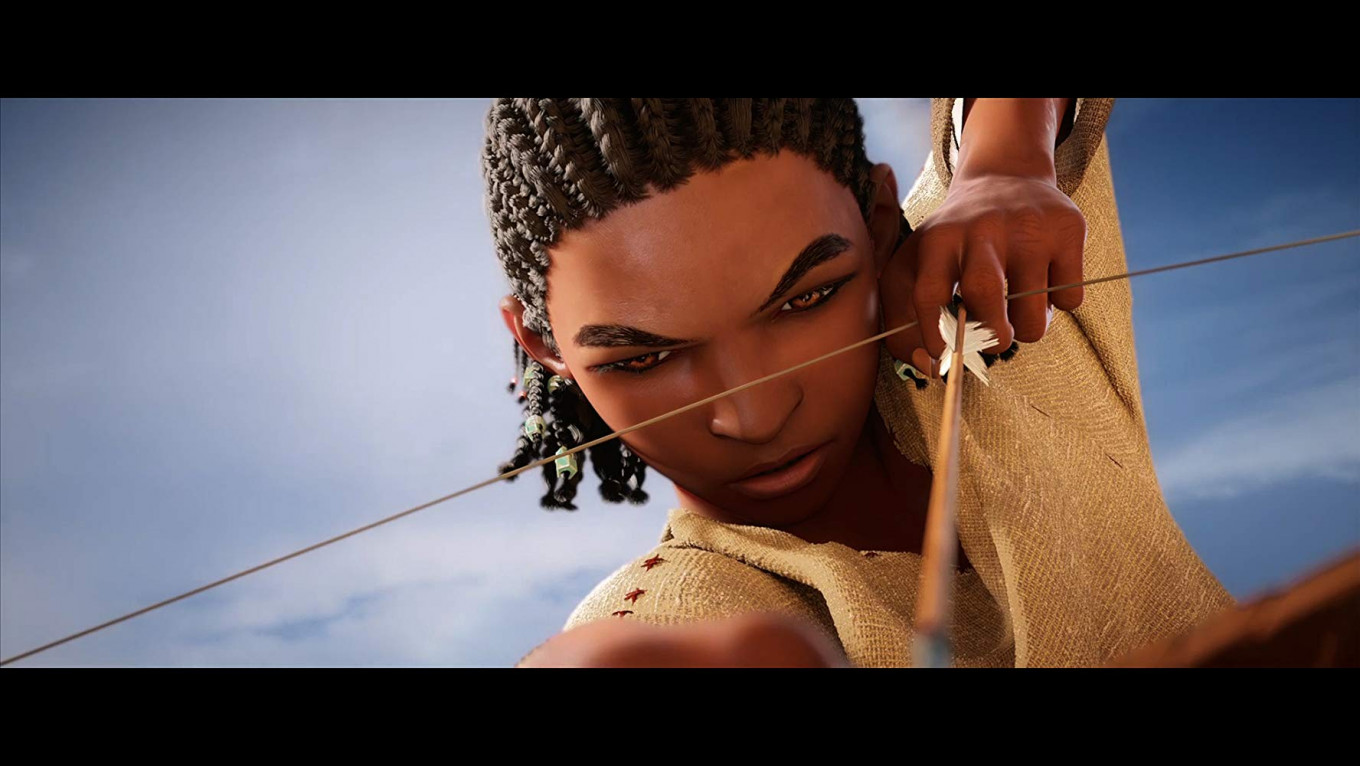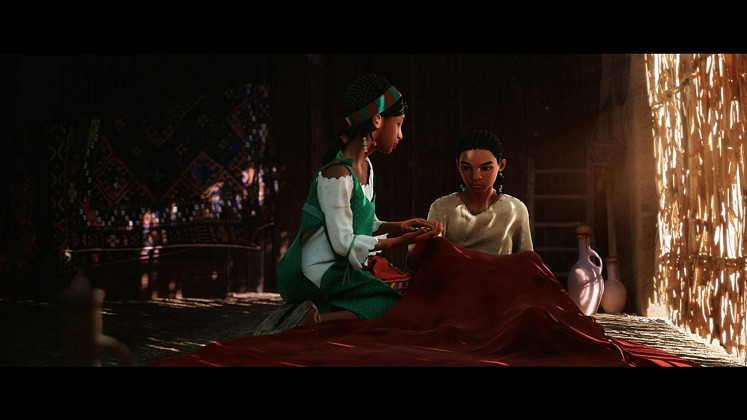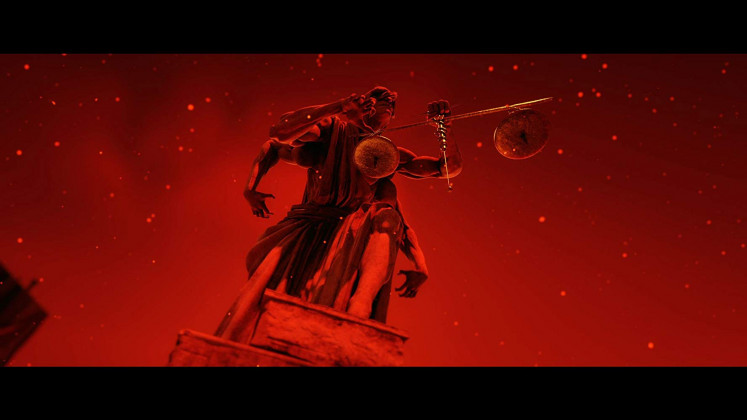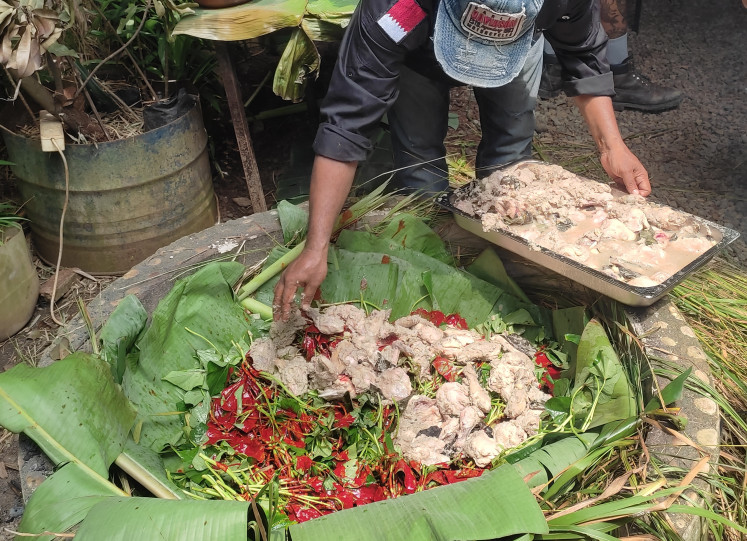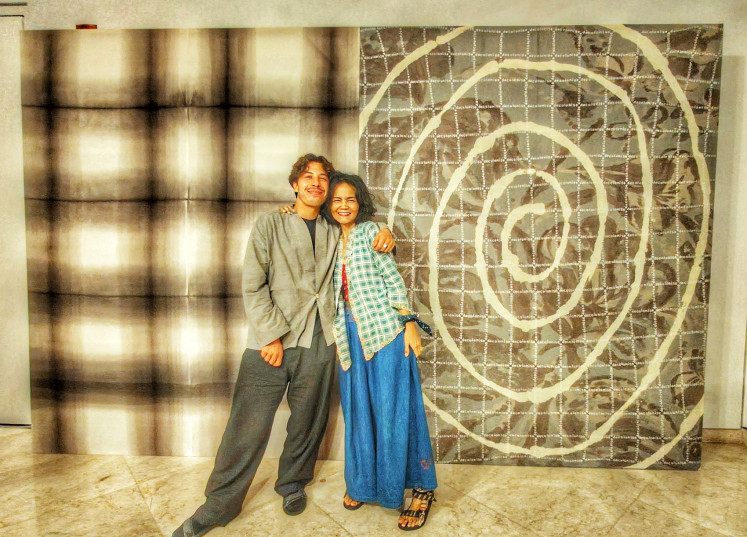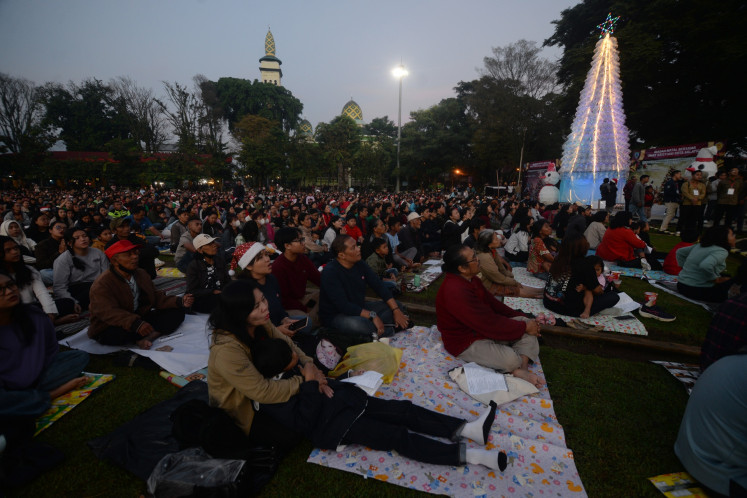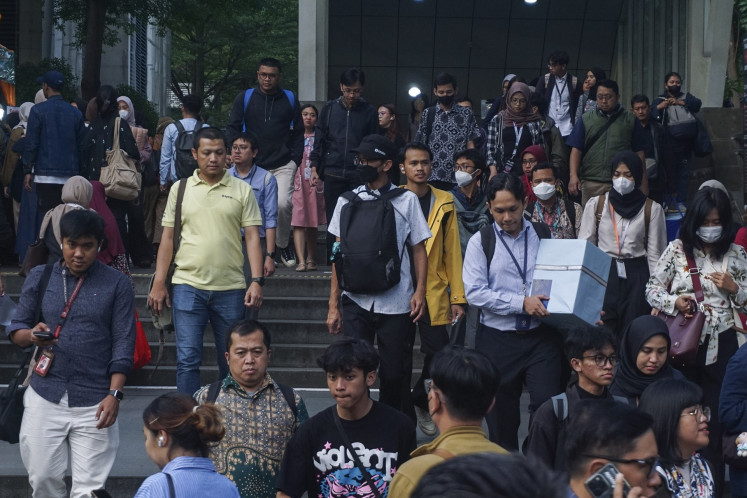Popular Reads
Top Results
Can't find what you're looking for?
View all search resultsPopular Reads
Top Results
Can't find what you're looking for?
View all search resultsBilal: An impressive Muslim warrior saga
Change text size
Gift Premium Articles
to Anyone
An animated feature about a real-life Muslim hero tells us that anyone can be a hero regardless of religion and social background.
Bilal ibn Rabah, a native of Abyssinia (now Ethiopia), is probably less popular than the other loyal and trusted companions of the Prophet Muhammad, but Bilal: A New Breed of Hero proves that his story is not less interesting.
Codirected by Khurram H. Alavi and Ayman Jamal, the animated film tells the story of real-life slave Bilal who turned from zero to hero in ancient Mecca in the early days of Islam. Having a beautiful voice, he is known as the first muezzin, a person who calls people to pray in Islam.
Islam, however, is not the highlight of the Bilal movie because it revolves around Bilal’s journey from slave to a warrior in his quest to end slavery. The words “Islam” and “Muslim” are never even shown in the film.
Bilal begins with the main protagonist’s beautiful childhood life (voiced by Andre Robinson).
Bilal and his sister, Ghufaira (Anne McClain), enjoy a pretty good childhood until one day a group of evil marauders come to their house and changed their lives in an instant.
The marauders capture Bilal and Ghufaira. They are taken to Mecca and sold to the ruthless Umayya (Ian McShane), a polytheistic, pagan merchant in the Hijaz trade center.
Orphans: Bilal (right) and his sister Ghufaira are always together after the death of their mother. (Vertical Entertainment/-)Bilal and Ghufaira then grow up as Umayya’s slaves.
Bilal’s rebelliousness often lands him in trouble and he receives abuse from Umayya, a powerful figure behind the injustice that took place in Mecca. The slave Bilal despises both Umayya and his only son, Safwan (Mick Wingert), who is even uglier and greedier.
One day in Hijaz, the adult Bilal (Adewale Akinnuoye-Agbaje) meets merchant Al Siddiq (Fred Tatasciore), a convert and close friend of the Prophet Muhammad who tells him that no one is born a slave. The former not only befriends the latter but also follows his belief in one god, nondiscrimination, monotheism and equality.
Umayya, who is a pagan, is outraged after finding out that Bilal is a monotheist. Encouraged by Safwan, he tortures Bilal to force him to worship his idols. However, Bilal does not give up on his faith. Al Siddiq buys Bilal's freedom from Umayya. However, his sister, Ghufaira, is not released by Safwan.
Dead Gods: Paganistic idols are here and there in ancient Mecca when Bilal is enslaved by Umayya, a polytheistic, pagan merchant in the Hijaz trade center. (Vertical Entertainment/-)After becoming a free man, Bilal tries to realize his childhood dream; to be a great warrior. He joins a group of the Prophet’s followers planning to battle against the wicked Umayya with a mission to turn the area into free land. He fights not only for Islam but also for the eradication of slavery and racism. Most importantly, he fights for his sister.
Although Bilal is an animated film, it features violent action, such as scenes of torture, abuse, slave auctions and bloody armed battles. The way these scenes are presented, however, is still appropriate for children, but parental guidance is necessary.
Slavery no longer exists today, but Bilal, which took eight years to make in Dubai and cost US$30million, is a must-see animated feature the audience may not want to miss because it conveys relevant universal values that are still being fought for to date; nondiscrimination and equality. (hdt)

